Enter a surname, town name or other keyword to search the database. Remember to
allow for the different spellings of 'Mc' and 'Mac.' Good luck!
{Search tips: Use single word search terms for more results}
You must enter some valid character(s) into the search field
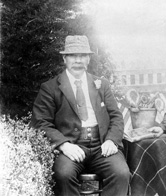
Reference: 838
Copy for Mrs Robertson, Old Ed...
|
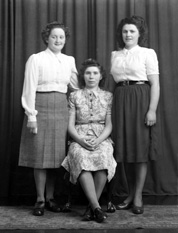
Reference: 42589c
Stefania. Woman on left appear...
|
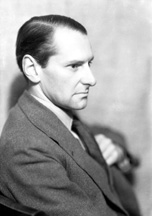
Reference: 29447c
Professor Charles Bernard Chil...
|
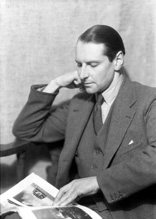
Reference: 29447b
Professor Charles Bernard Chil...
|
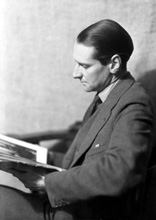
Reference: 29447a
Professor Charles Bernard Chil...
|
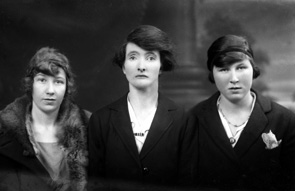
Reference: 24241
Portrait. #...
|
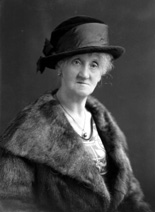
Reference: 24390a
Miss MacAdam, Edinburgh. ...
|
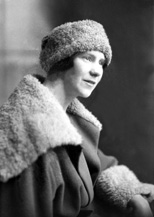
Reference: 24224a
Miss Paterson. ...
|
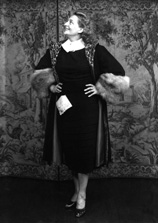
Reference: 1414
Mrs Sinclair, Dalneigh, Invern...
|
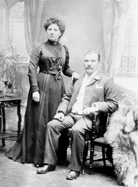
Reference: 30598
Portrait. # ...
|
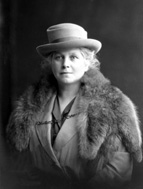
Reference: 24260b
Mrs P. Paterson. Anne Margaret...
|
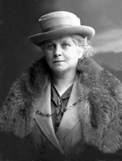
Reference: 24260a
Mrs P. Paterson. Anne Margaret...
|